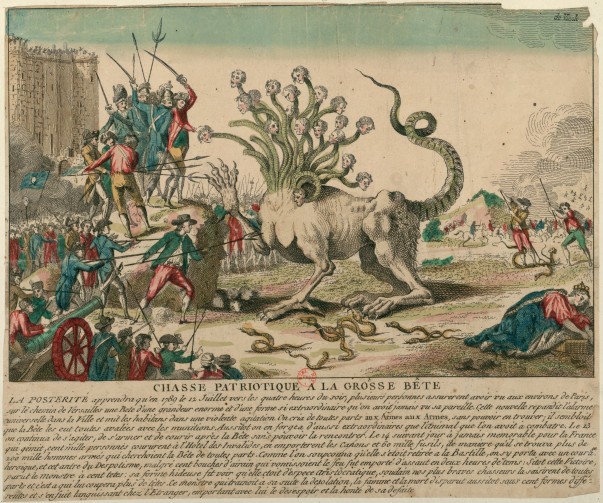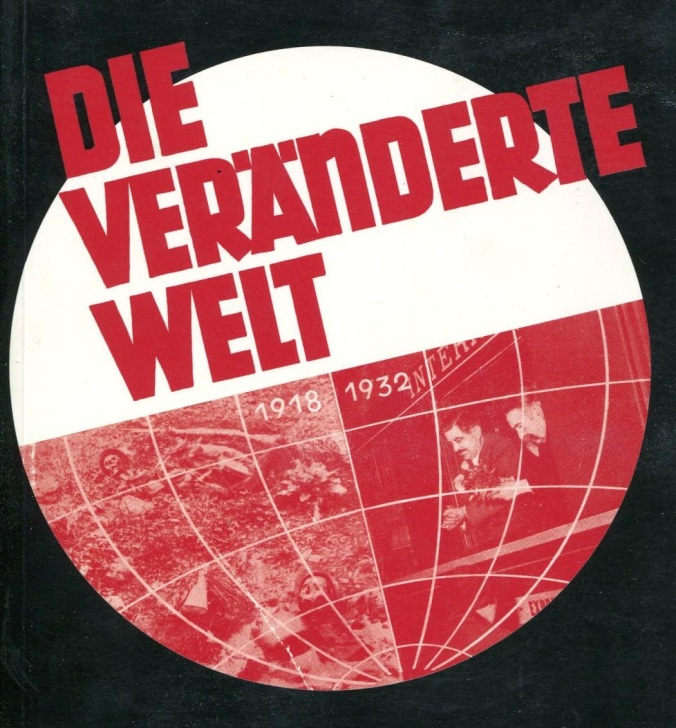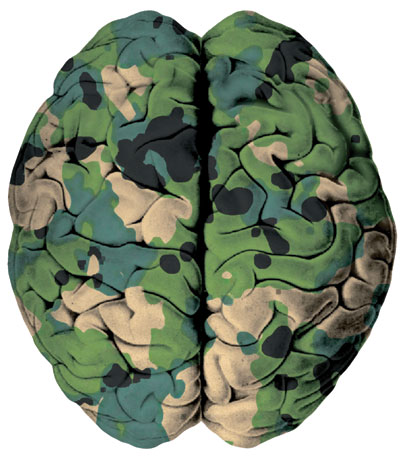The final post in our symposium on The Eye of War as Antoine responds to his interlocutors. All the entries in this series are collated here.
I have read each of the fantastic contributions made to the symposium with real pleasure and intellectual thrill. I feel very fortunate to have my work engaged with so thoroughly and generously by four wonderful scholars who each brought something unique to the conversation. Each entry is too rich in suggestive lines of thought to fully do any of them justice here and so I will only be able to selectively engage their contributions. I know however that they will continue to fire synapses for some time to come and I am very grateful to each participant for that gift. Big thanks also go to Paul for suggesting the symposium in the first place and organising it.
Katharine’s comments focus on the book’s early genealogy of the martial gaze, noting the uncommon historical perspective it brings to contemporary accounts of military targeting. It is certainly the case that much of the abundant scholarship produced on drones has a strong presentist feel, often emphasising the alleged revolutionary character of these weapon systems. Some of the best contributions have produced enriching accounts of their antecedents, either through a history of unmanned weapons (Grégoire Chamayou, Ian Shaw) or of aerial bombing (Derek Gregory), but these remain nevertheless conditioned by the starting point of the drone to which such histories lead by design. Notwithstanding its reference in the book’s subtitle (call it a sop to the marketing imperatives of academic publishing), The Eye of War’s enquiry was never motivated by the drone – indeed, the project was initiated before it became an object of sustained academic study – and it only explicitly features fleetingly in the final analysis. Instead, military perception was to be the investigation’s central object with the primary task being to trace its conceptual fundaments and technical milestones as far back as possible.
As outlined in my introductory post, the crucible for the contemporary manifestation of military perception that I settle on is the Italian Renaissance in which we can see an intertwined rationalisation of vision and mathematisation of space cohere. Katharine usefully supplements this account by connecting it to the Cartesian worldview that systematised what was arguably already implicit in the cultural expression of linear perspective (see also her recent article in the special issue on “Becoming Weapon” I had a hand in). As I note in the book, Martin Jay famously identified the originary “scopic regime” of modernity as one of “Cartesian perspectivalism” with its “understanding of vision as monocular, static, fixed and immediate, distant and objectifying, purely theoretic and disincarnated.” The notion of a rapacious drive for mastery over the world underlying modern epistemology is of course itself a well-rehearsed critique, as is the idea that this project has ironically ended up in a supposedly sovereign subject being increasingly dominated by its creations. If The Eye of War has any claim to originality in this regard, it is in underlining that the martial dimension of this reversal is still insufficiently appreciated.









